You’ll have heard people talk about accessibility in relation to lots of different aspects of life. But how does it apply to communications and why should you care about it?
 In the simplest terms, ‘accessibility’ relates to being aware of people’s varied communication needs and developing your content to reach as many people as possible. In this blog we’ll look at the potential benefits of making your communications more accessible.
In the simplest terms, ‘accessibility’ relates to being aware of people’s varied communication needs and developing your content to reach as many people as possible. In this blog we’ll look at the potential benefits of making your communications more accessible.
We know that everyone responds differently to the content they read, see, or hear. And making your information clear, direct, and easy to understand can benefit your whole audience. When you also consider the needs of people with disabilities, who may find it difficult to access and engage with some forms of communication, it becomes even more important to think about how you present the information you want to get across.
If it all seems like a lot of effort, read on to find out why it really is worth spending time thinking about how you put your communications together.
1. It can increase the size of your audience
Let’s face it; you’re communicating something for a reason and usually the wider or bigger the audience you can reach, the better, right? In the UK alone there are over 11 million people with disabilities and it’s unlikely that’s a population you want to exclude.
While you’ll certainly have a target audience in mind for your communications, that audience is bound to include a certain number of people with disabilities, who are just as likely to be interested in your product or service as anyone else.
By taking some time to improve the accessibility of your materials you will open up your organisation to a much wider pool of people in your target demographic.
2. It can improve people’s perception of your organisation
It’s fairly clear that failing to make your communication accessible can alienate a large chunk of your audience. However, have you thought about how this could also damage the perception of your organisation in the eyes of both the people you exclude (whether unintentionally or not) and potentially also those who care about inclusivity and social justice?
If you make an effort to improve the accessibility of your content it demonstrates that your organisation is inclusive and understands the different needs of the people it serves.
Over and above making people feel better about your brand or organisation, this could also improve the impact of your communications, as your audience may be more receptive to content that comes from a source they believe cares about others and takes its social responsibilities seriously.
3. It can help you meet legal and regulatory requirements
The Equality Act 2010 states that organisations in the UK are expected to make reasonable adjustments to their services to avoid putting disabled people at a disadvantage. This includes making sure information is provided in an accessible or alternative format wherever possible. Failure to comply could result in your organisation being taken to court.
If it is not possible to change the format of your standard communications, it’s still a good idea to create an alternative format version (such as Braille or large print) which can be made available on request.
Ultimately, it all boils down to one thing – taking the time to make your communications accessible to as many people as possible is really just the right thing to do.
It’s not as difficult as it may sound. Take a look at our handy guide for easy tips on making your content more accessible.
Have you found this useful? Why not sign up to our newsletter for more guidance, hints and tips and communications insights? Join our newsletter today.
